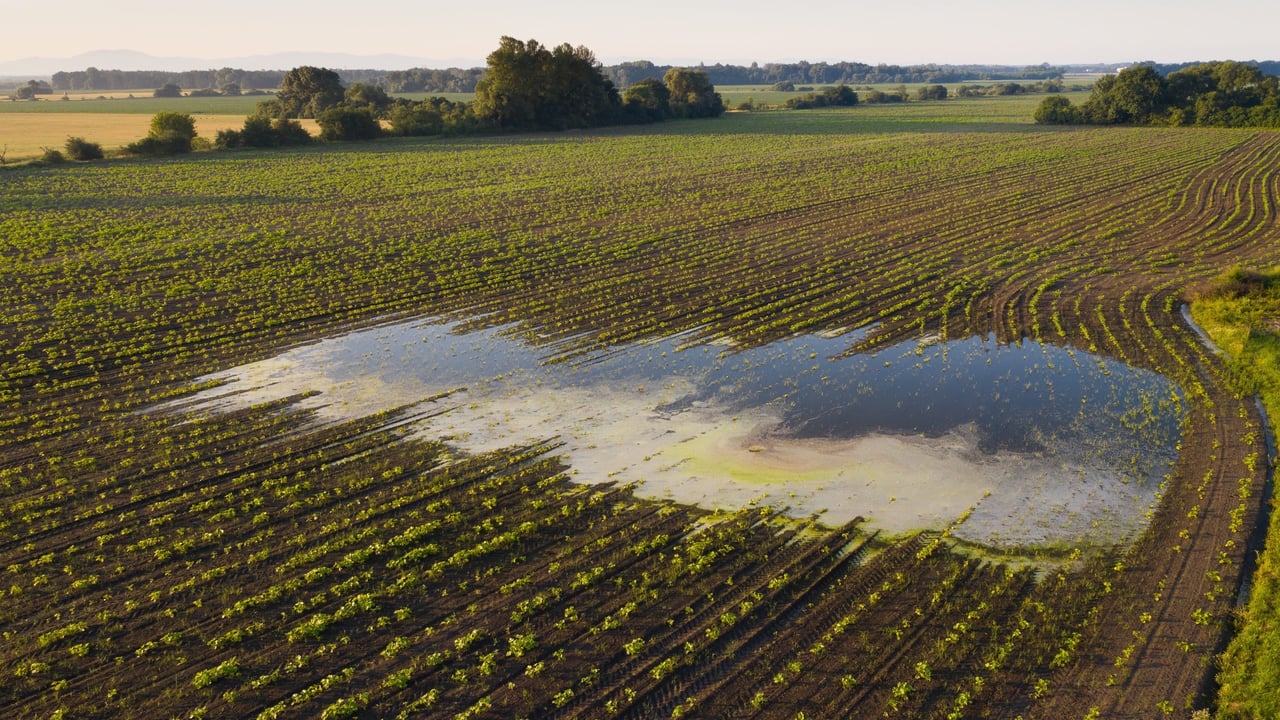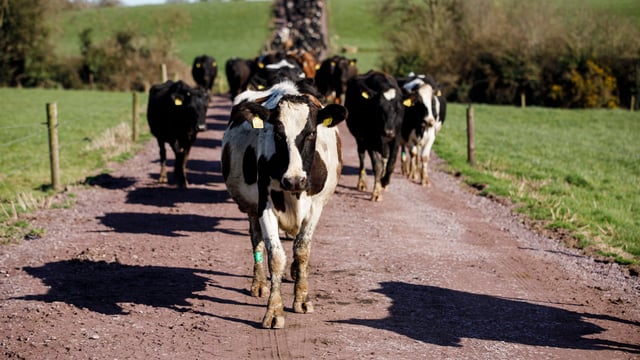Report: Risk to crop yields as Ireland projected to get warmer and wetter
A new report that reveals "where, when and how" climates risks could likely impact on Ireland warns that it will get warmer and wetter, which in turn could reduce crop yields.
The Environment Protection Agency (EPA) today (Wednesday, June 4) published Ireland's first National Climate Change Risk Assessment report, which identifies 115 risks from projected changes in climate conditions.
These risks are likely to impact on energy, transport, communications, water security, public health, food production and supply, and ecosystems.
According to the EPA, it identified a total of 43 significant risks for Ireland.
Laura Burke, EPA director general said today:“We know that Ireland is being impacted by climate change already.
"This comprehensive assessment highlights the need for additional urgent action to ensure Ireland is sustainably resilient to the risks that we currently face, and will increasingly experience, in the coming decades.
"Recent events, such as Storms Darragh and Éowyn, demonstrated how damage to critical infrastructure such as energy, water supply, transport and communications networks in turn give rise to impacts on human health, biodiversity, and the financial system."
In the report, the EPA also stipulates that some "significant risks" require urgent action within the next five years. These are:
- The risk of disruption and damage to communications and energy distribution infrastructure due to extreme wind;
- The risk of disruption and damage to buildings and transport infrastructure due to extreme wind, coastal erosion, and coastal flooding.
The report also details that by the end of this century "extreme heat" is identified as a priority risk.
According to the EPA, Ireland's climate is projected to get warmer with average temperatures increasing across all seasons and on an annual basis, while the number of heatwaves is also forecast to increase.
The National Climate Risk Assessment report also identifies potential "opportunities" as a result of climate change for certain economic sectors, including a longer season for outdoor activities which could boost tourism-related businesses.
According to the EPA, there could also be a longer growing season and "improved livestock nutrition and grazing because of higher average temperatures".







